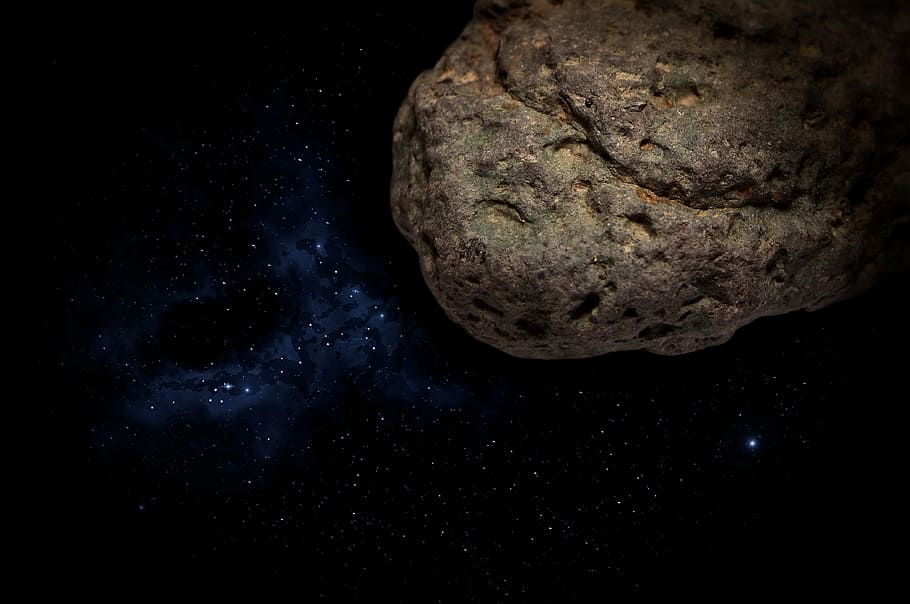
The National Aeronautics and Space Administration (NASA) announced on Wednesday that an asteroid larger than the Eiffel Tower will enter Earth’s orbit next Saturday, December 11.
The asteroid, called 4660 Nereus, is not expected to make an impact with Earth but will fly 2.4 million miles away from the planet, a distance that qualifies the celestial object as “potentially hazardous”– a category that covers any object within 4.6 million miles measuring over 460 feet in diameter.
4660 Nereus will likely shoot past us at 14,700 miles per hour.
Although it might seem overly dramatic to call an asteroid 2.4 million miles away from us “potentially hazardous,” it’s actually incredibly close in the context of space, as well as by NASA’s standards — the space agency considers anything 120 million miles from Earth a near-earth object (NEO).
NASA tracks each NEO it discovers in order to monitor any potential danger it might pose to our planet. The space agency has also launched its Double Asteroid Redirection Test, a mission that tests NASA’s planetary defense system against potentially hazardous objects.
DART launched last week on November 24 as part of the SpaceX Falcon 9 rocket. It aims to make an impact with two deep-space asteroids. One of the asteroids, known as Dimorphos, will be hit at around 13,500 mph (21,726 kmh) on October 2, 2022 — almost an entire year after launching.
Dimorphos, which is over 500 feet wide, orbits a gigantic space rock called Didymos. Didymos is roughly five times the size of Dimorphos.
NASA will use kinetic impact to reach Didymorphos asteroid
While Dimorphos is not a threat to Earth, it matches the profile of NEO’s that NASA aims to protect the planet from with this technology, so has been selected for the test demonstration:
“While the Didymos primary body is approximately 780 meters across, its secondary body (or “moonlet”) is about 160-meters in size, which is more typical of the size of asteroids that could pose the most likely significant threat to Earth. The Didymos binary is being intensely observed using telescopes on Earth to precisely measure its properties before DART arrives,” NASA said in its overview of the DART mission.
The space agency says that DART will use the “kinetic impactor” technique for the first time:
“DART will be the first demonstration of the kinetic impactor technique, which involves sending one or more large, high-speed spacecraft into the path of an asteroid in space to change its motion,” NASA said.
They had previously explained kinetic impact in 2017:
“Kinetic impaction involves sending one or more large, high-speed spacecraft into the path of an approaching near-earth object. This could deflect the asteroid into a different trajectory, steering it away from the Earth’s orbital path. NASA demonstrated on a small scale with the Deep Impact mission of 2005. If preparations were made in advance so that kinetic impactors were available upon detection, the National Academy of Sciences would require a warning time of at least 1 to 2 years for smaller asteroids.”
See all the latest news from Greece and the world at Greekreporter.com. Contact our newsroom to report an update or send your story, photos and videos. Follow GR on Google News and subscribe here to our daily email!



